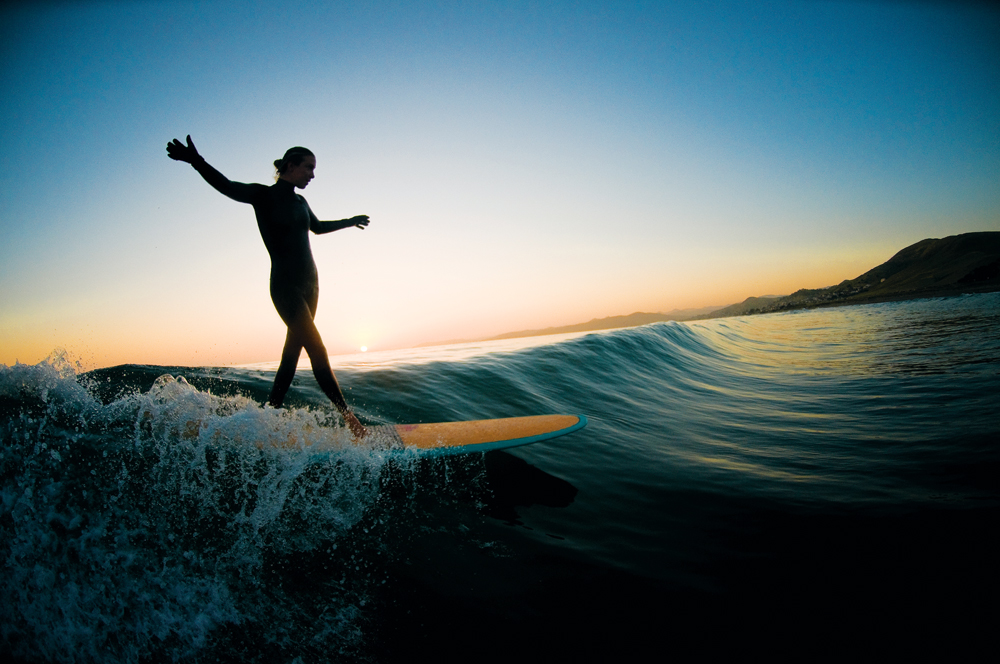Index Surge: Amplifying Your Insights
Stay updated with the latest trends and news across various industries.
Surfboards and Sunburns: Riding the Wave of Life
Catch the perfect wave through life with Surfboards and Sunburns! Discover tips, stories, and adventures that inspire every beach lover.
Essential Tips for Protecting Your Skin While Surfing
Surfing is an exhilarating activity, but it can also expose your skin to harsh elements such as UV rays and saltwater. To **protect your skin while surfing**, it's crucial to apply a broad-spectrum sunscreen with at least SPF 30. Make sure to use it generously, covering all exposed areas of your body, and reapply every two hours, especially after swimming or sweating. In addition to sunscreen, consider wearing a rash guard that not only provides UV protection but also helps prevent chafing from your surfboard.
Another essential tip for skin protection is to stay hydrated before and after surfing. Drinking plenty of water helps maintain your skin's moisture balance and can mitigate the drying effects of saltwater and sun exposure. Additionally, after your surfing session, be sure to rinse off with fresh water to remove any salt and sand that could irritate your skin. Follow up with a soothing moisturizer to help restore hydration and keep your skin healthy. By incorporating these simple yet effective tips, you can enjoy surfing while keeping your skin safe and protected.

The Best Surfboard Types for Every Skill Level
Choosing the right surfboard is essential for maximizing your surfing experience, and different surfboard types cater to varying skill levels. For beginners, longboards are typically the best choice due to their stability and ease of paddling. These boards are generally 9 feet or longer, allowing novice surfers to catch waves more easily. In contrast, intermediate surfers may find that funboards, which are shorter than longboards but wider than shortboards, strike a perfect balance between performance and stability. This versatility makes funboards an excellent option for surfers looking to improve their skills.
Advanced surfers often opt for shortboards, which are designed for high maneuverability and speed. Shortboards typically measure between 5'6" and 6'6" and are ideal for performing tricks and sharp turns. Additionally, fish surfboards have gained popularity among experienced surfers, particularly in small to medium waves, thanks to their unique shape and increased paddle power. Ultimately, selecting the right surfboard type according to your skill level is crucial for enjoying and progressing in the sport of surfing.
How to Choose the Perfect Beach for Your Surfing Adventure
Choosing the perfect beach for your surfing adventure is essential to ensure an enjoyable experience. With countless surf spots around the globe, it's important to consider several key factors before packing your board. First, assess the wave conditions, as different beaches cater to various skill levels. Beginners may want to look for beaches with smaller, more consistent waves that provide a safer environment for practice. On the other hand, experienced surfers should seek out locations known for their challenging swells and impressive breaks.
Next, consider the local climate and water temperature. Research the best time of year to visit, as many beaches have peak seasons for surfing when the waves are at their best. Additionally, make sure to check for facilities like surf schools, rental shops, and lifeguards, as these can enhance your surfing adventure. Ultimately, your choice of beach can significantly impact your overall surfing experience, so take your time and choose wisely!